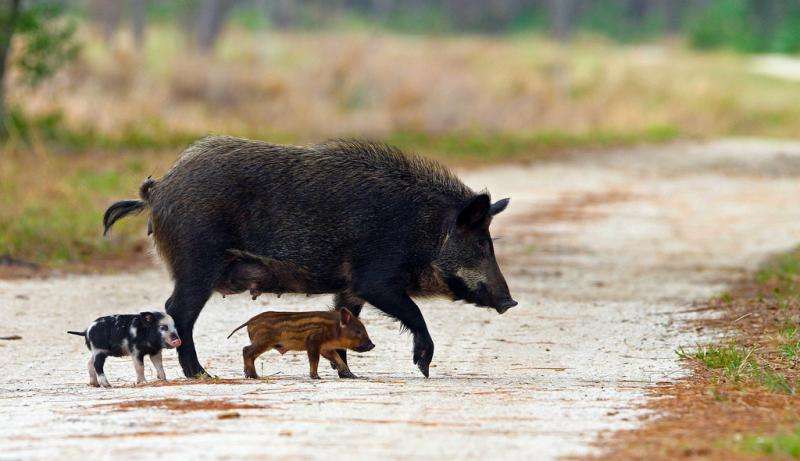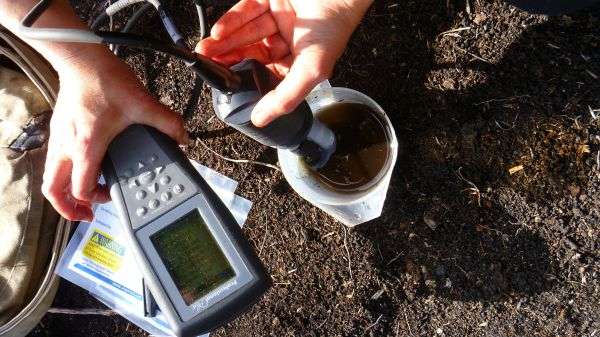Volunteers have spent 430 hours building a 1.6km fence to prevent pigs’ access and are trialling soil stabilisation treatments to reduce decomposition of disturbed peat. Credit: Craig ONeal
Conservation and community groups are striving to save peat ecosystems of national ecological and evolutionary significance in Walpole from destruction by feral pigs.
The Walpole Nornalup National Parks Association (WNNPA) is working to protect two peat (decomposed plant material) swamps from feral pigs, which are home to keystone amphibian and plant species.
An estimated 10,000 feral pigs, which are known to turn over 13 million tonnes of soil a year, have caused significant damage to the Walpole Wilderness area and are one of the biggest threats to the Great Southern's biodiversity.
They aerate soil while digging for food and wallowing to keep cool, which accelerates peat decomposition processes.
From this decomposition process soluble heavy metals, including arsenic and aluminium, seep into the groundwater at a rate that is toxic to plants and animals.
WNNPA is working in two severely affected peat swamps that provide critical habitat for endemic, threatened flora and fauna.
Wildlife ecologist Karlene Bain says some species have persisted in the area for millions of years and are not found anywhere else in the world.
"Without active rehabilitation of the damaged areas, there is a high likelihood the systems will collapse and we will see local extinction of these species," she says.
The study will consider the sunset frog (Spicospina flammocaerulea), which is one of WA's oldest frogs and listed as vulnerable because it is restricted to Walpole's peat swamps.
Wildlife ecologist Karlene Bain conducting chemical analysis in a peat swamp. Credit: Elizabeth Edmonds
The research will also delve into the critically endangered plant species reedia (Reedia spathacea) which has been decimated by grazing feral pigs.
Volunteers have spent 430 hours building a 1.6km fence to prevent pigs' access and are trialling soil stabilisation treatments to reduce decomposition of disturbed peat.
Their work on the area includes raking, mounding and laying 30m3 of mulch across the 4ha area.
Ms Bain says the trials, which are backed by $34,000 in funding from the State Natural Resource Management funding, an Australian first for natural systems rehabilitation.
Sunset Frog (Spicospina flammocaerulea) is a vulnerable listed frog species that is only found within peat wetlands 20km from Walpole. Credit: Karlene Bain
"If we can come up with an effective approach, it can be rolled out in other areas that have had similar disturbances by feral pigs."
Participants are comparing the rate of peat loss in damaged and unaffected areas using erosion pins, and measuring peat decomposition rates in the soil and groundwater.
Volunteers have collected seeds from 35 plant species to restore habitat and their survival within treatments area is being surveyed using photography and seedling counts.
Provided by Science Network WA
This article first appeared on ScienceNetwork Western Australia a science news website based at Scitech.
























